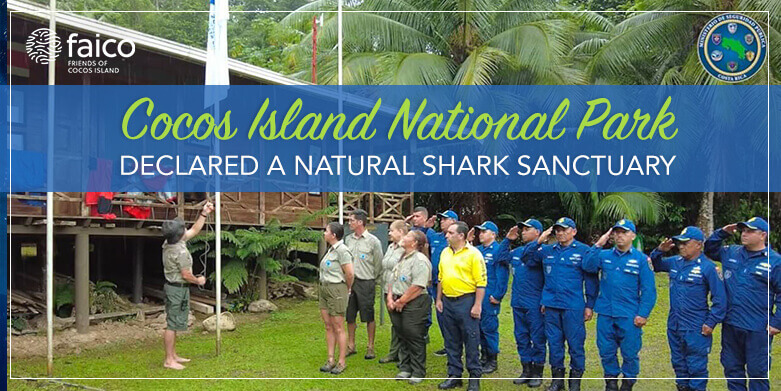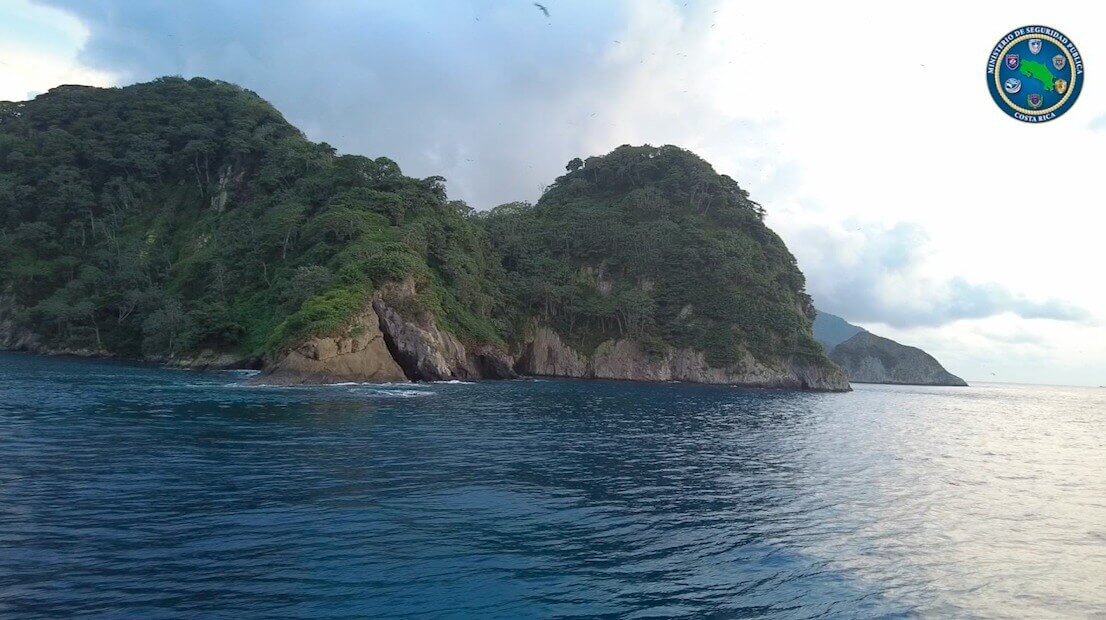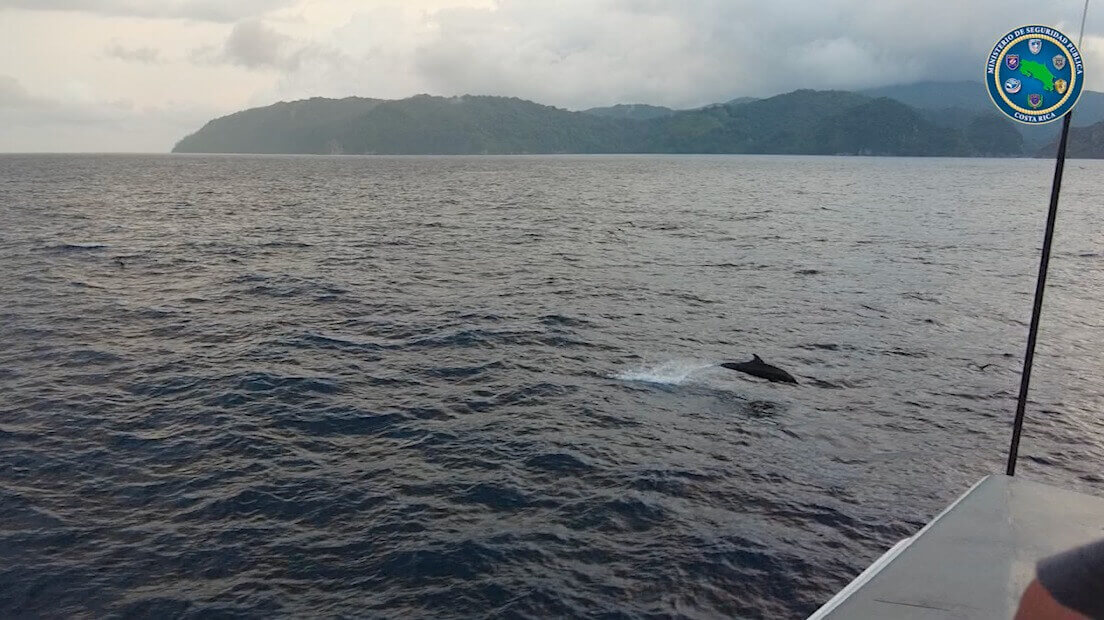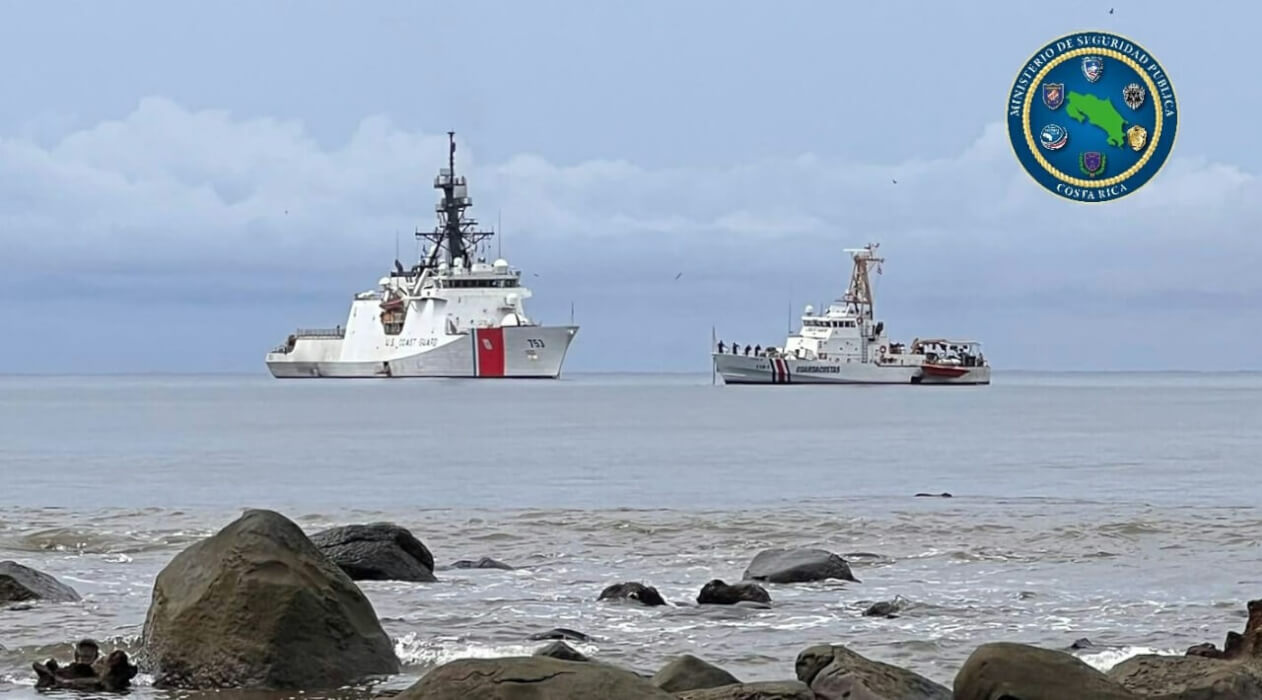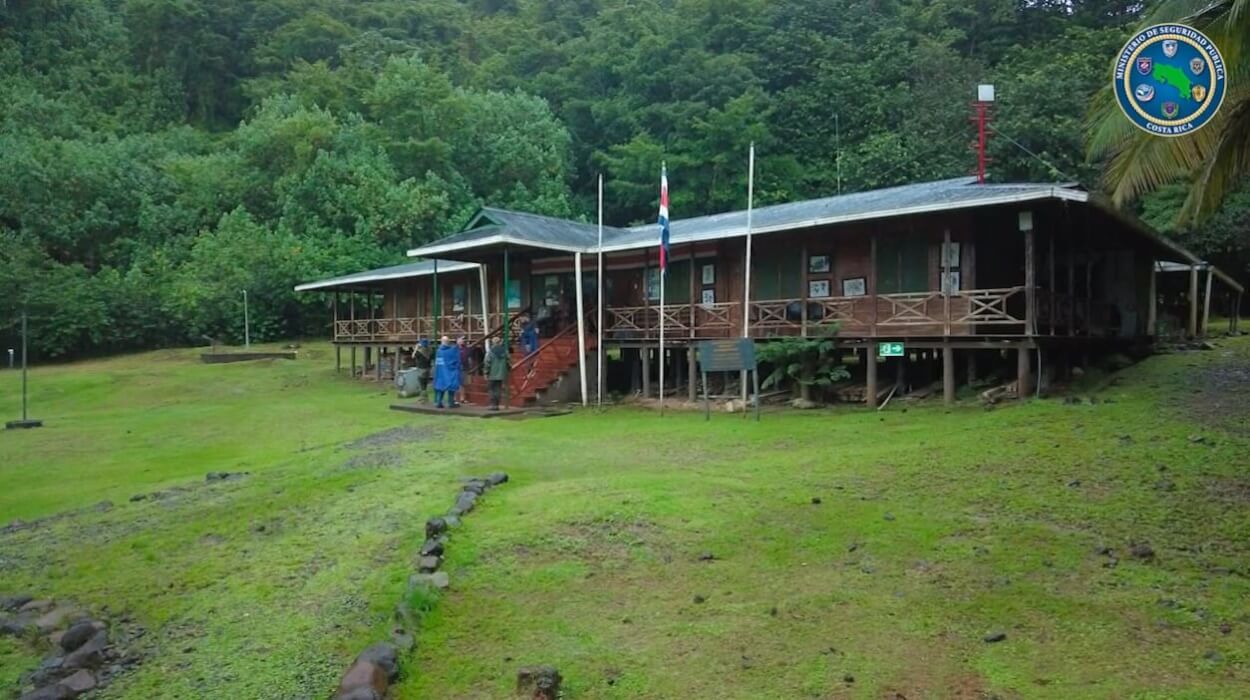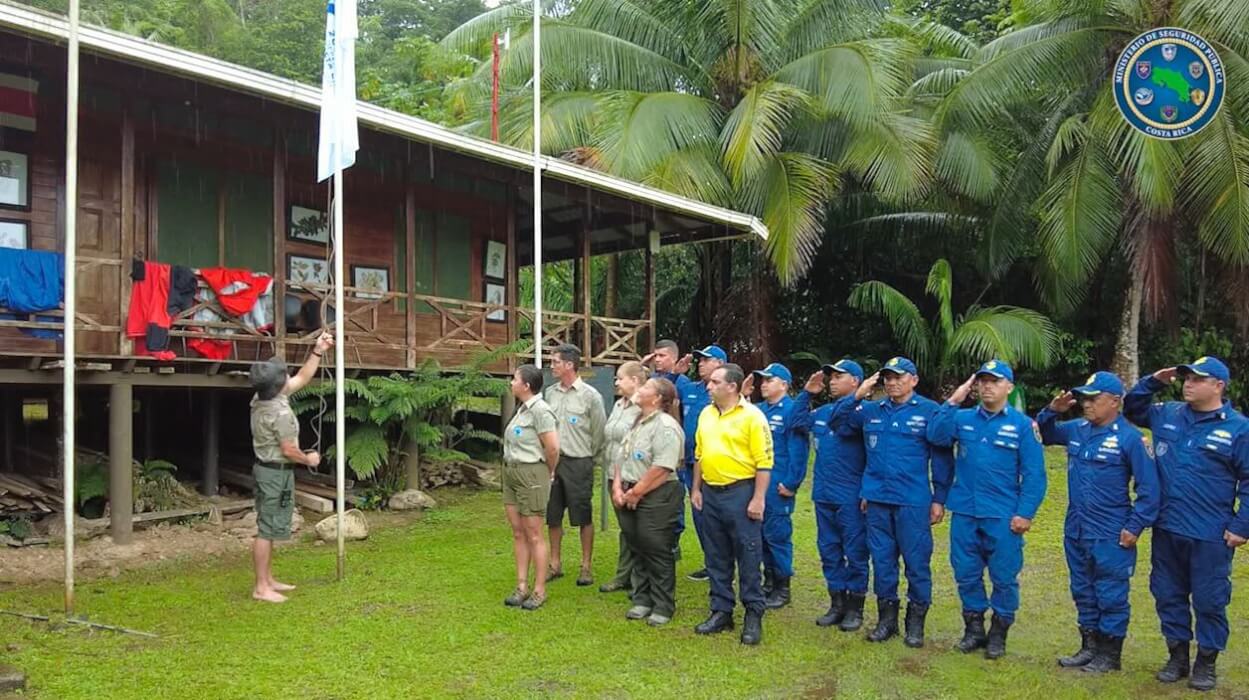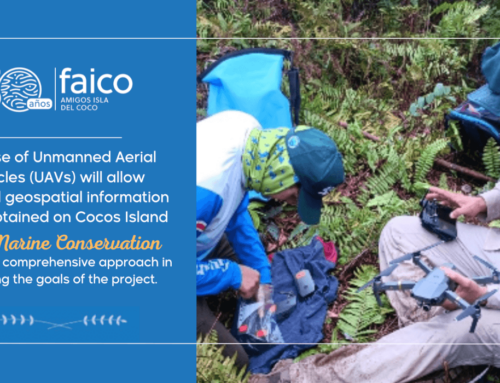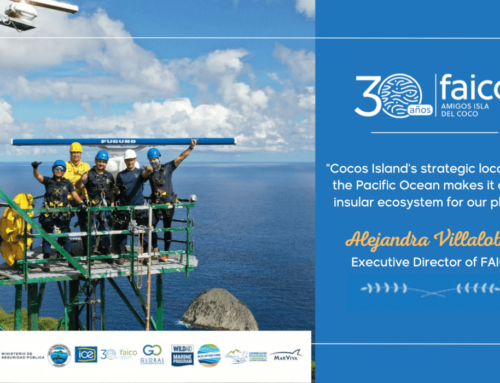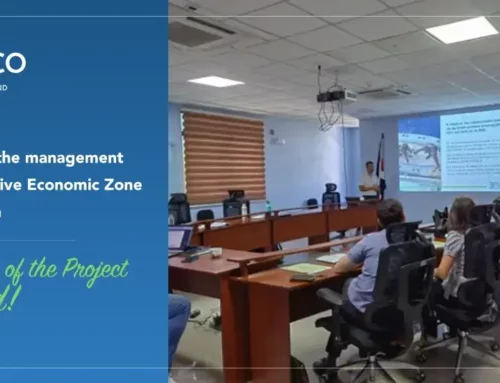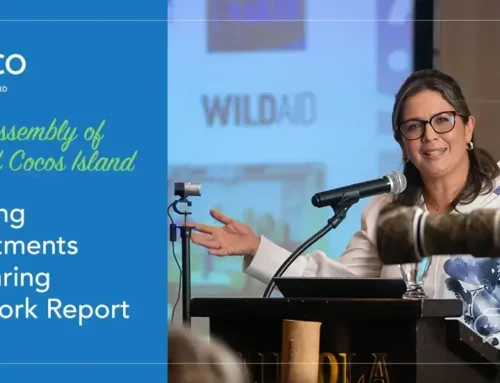Cocos Island National Park declared a natural shark sanctuary
- The President of the Republic and the Minister of Environment and Energy signed a decree this Friday that also boosts the connection between this sanctuary and the one in Golfo Dulce, created in 2018.
- “Protecting these sites implies taking a step forward with the conservation of species of transcendental importance for marine ecosystems, as well as those that are in danger of extinction,” said the Costa Rican president.
- During a visit to Cocos Island this week by Costa Rican authorities and representatives of the United States government, the interest in strengthening joint patrol actions to protect marine resources and ecosystems and combat drug trafficking was announced.
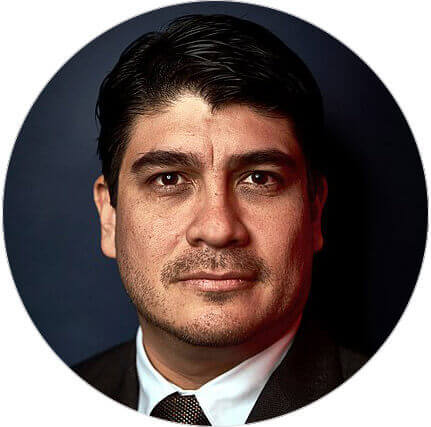
The President of the Republic, Carlos Alvarado Quesada, and the Minister of Environment and Energy, Rolando Castro Córdoba, signed this Friday, April 22, an executive decree with the aim of guaranteeing the protection and conservation of the shark sanctuary on Cocos Island and its connection to the Golfo Dulce Hammerhead Shark Sanctuary.
This is executive decree No. 43477-MINAE “Declaration of a Natural Shark Sanctuary at Cocos Island National Park.”
Threatened by illegal fishing, particularly of shark species, Cocos Island National Park (CINP) is one of the Marine Protected Areas that make up the Eastern Tropical Pacific Marine Corridor, together with the Galapagos National Park (Ecuador), the Malpelo Flora and Fauna Sanctuary (Colombia), the Isla Gorgona National Natural Park (Colombia), the Isla Coiba National Park (Panama), and the Revillagigedo National Park (Mexico).
CINP is one of the richest areas of marine and terrestrial biodiversity, with more than 46% of the endemic species of our ocean, which was expanded by the Alvarado Quesada administration last December, extending the protection of the seas of Costa Rica from 2.7% to approximately 30%.
With the signing of Decree No. 43477, the connection between this sanctuary and the Golfo Dulce Hammerhead Shark Sanctuary and the preservation of vitally important marine species is consolidated, said President Carlos Alvarado, noting that “protecting these sanctuaries implies taking a step forward with the conservation of species of transcendental importance for marine ecosystems, as well as for endangered species”.
In the Golfo Dulce Hammerhead Shark Sanctuary, in the Eastern Tropical Pacific, the hammerhead shark is a common species in coastal and oceanic areas: pups are born and inhabit the first years of their lives in bays, estuaries, and river mouths; and when sharks approach sexual maturity, they begin long migrations in oceanic waters.
Since its creation, this site has strengthened the conservation of this species at a national and international level, promoting educational, monitoring, and training activities, and involving different stakeholders from coastal communities and government institutions.

The Minister of Environment and Energy, Rolando Castro, explained that all these efforts, together with the expansion of the Marine Protected Area, contribute to strengthening the High Ambition Coalition for Nature and People -led by Costa Rica, France, and the United Kingdom- whose objective is to conserve 30% of the terrestrial and marine surface by 2030. Now, 95 countries have joined this initiative; the most recent is the United States of America.
“Considering the core areas of Malpelo, Coiba, Galapagos, and Cocos Island implies a huge challenge for our countries, so we must have agile and efficient mechanisms for the protection of these endemic species and their habitats,” added Castro.
The Vice Minister of Water and Seas, Cynthia Barzuna, highlighted “the importance of the bays and islets of the protected waters of Cocos Island National Park, which serve as habitat, breeding, and transit area of 15 shark species both in shivers and in solitary,” he said, underlining their biological and economic relevance.
Joint patrols will be strengthened to prevent illegal, unreported, and unregulated fishing. This week, an official delegation from the Costa Rican government traveled to Cocos Island aboard United States and Costa Rican coast guard vessels. The delegation was comprised by MINAE Minister Rolando Castro, Public Security Minister Michael Soto, the director of the National Coast Guard Service, Martín Arias, and the director of the Cocos Marine Conservation Area, Gina Cuza.
In addition, representatives of the United States Embassy participated, among them the Minister Counselor, Marcos Mandojana; the head of the Office of the Defense Representative, Lance Tinstman; the director of the Regional Environmental Center, Meredith Ryder-Rude; the director of the International Narcotics and Law Enforcement Office (INL), Bert Kraaimore; Maritime Security Advisor, Ron Pailliotet; and Captain Matt Brown, commanding officer of coast guard vessel, HAMILTON.
As part of the needs detected by the Cocos Marine Conservation Area (ACMC), the Ministry of Environment and Energy (MINAE), and the government of the United States of America, the importance of strengthening joint patrolling and preventing illegal, unreported, and unregulated fishing was mentioned.
“For the United States government, it is strategic and invaluable to protect these resources from illegal, unreported, and unregulated fishing, combat drug trafficking, and strengthen marine ecosystems that allow us to face the climate crisis,” Mandojana commented.
“Seeing the US and Costa Rican Coast Guard vessels together in the waters off Cocos Island fills us with pride and sends a clear message that we remain committed to supporting Costa Rica’s maritime security and countering all threats it faces, including marine biodiversity”, he added.
In this context, the diplomatic representative urged the Costa Rican government to strengthen scientific, technological, and joint patrol cooperation for the protection of these important marine ecosystems.
Minister Castro highlighted the importance of the support of the United States government in the marine protection of this area of the Costa Rican Pacific, while he gave special thanks to the United States Coast Guard Service and the Hamilton Ship and its crew.
Cocos Island National Park, the largest in Costa Rica, is a Marine Protected Area recognized worldwide for being a Natural Heritage Site of Humanity since 1997, Ramsar Wetland of International Importance (1998), and Historical-Architectural Heritage Site of Costa Rica (1999).
In 2019, it was declared a Global Oceanic Refuge due to its biodiversity, endemism, and scenic beauty, where some of the most extensive and species-rich reefs in the Eastern Tropical Pacific are protected, an important aggregation point for marine fauna and a transit zone for migratory species of shark populations, according to Gina Cuza, director of the Cocos Marine Conservation Area.


